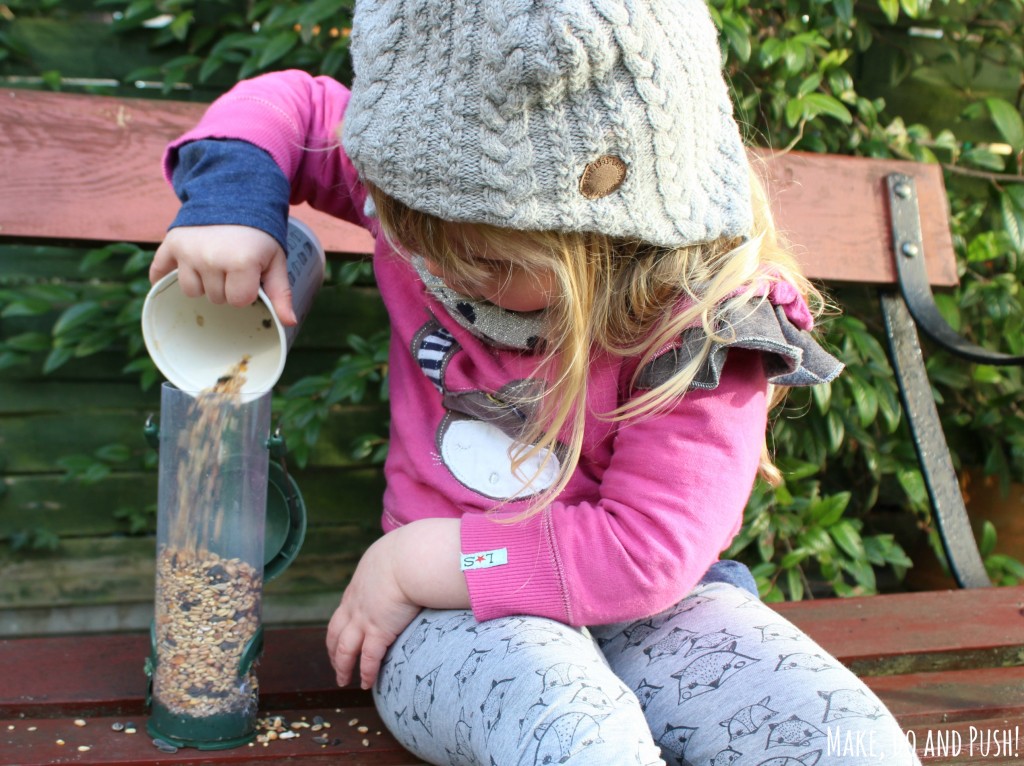British gardens are full of wildlife, from worms, spiders and butterflies to foxes, hedgehogs and birds. That is why your garden can become a classroom if you fancy teaching your children about creepy crawlies and larger mammals.
But why should you be teaching your children about wildlife, you ask? Well, wildlife isn’t only a welcome addition to your garden; it also plays a vital role in the biodiversity of our outdoor spaces.
So, start teaching kids early – not only will it help them to understand the importance of wildlife, but it will be a great (and productive) way to spend some quality time together! Here are a few ideas to get you started:
Go bird watching
We get such a mixture of birds in our gardens from the good old blackbird to robins, sparrows and starlings. Print off some pictures of the birds you are likely to see and tick them off as you spot them.
Want to attract even more birds to your garden? Then take a look at this website - http://www.wildbirdfeeders.co.uk/ - you will find a selection of bird feeders that you can fill with nuts and dot around the garden.

Design an eco friendly garden
While you and the kids are purchasing bird feeders why not look at other ways you could care for wildlife in the garden. Sit down with your children and ask them to tell you what they think wildlife needs to help them survive and thrive.
Perhaps you could draw out a plan of the garden and decide (using drawings and notes) how you could change it to make it more wildlife friendly? You might, for example, draw a bird box, but make a note that this needs to be at least 2 to 3 metres above the ground, to keep birds safe from garden predators.
Show them a lifecycle
Talk children through the lifecycle of the creatures in the garden. You can use your new bird box to show how the birds make a nest inside, and watch as they lay eggs, and then bring food to the little ones, until they are big enough to fly off.
The most interesting one of course is the lifecycle of a caterpillar, because it is slightly baffling (particularly for a young mind) to think that the beautiful butterfly in their garden was once a wriggly caterpillar!
Take this lesson plan as inspiration - find these creatures around the garden.
Get creative
Set the kids up with paper, paints and colouring pens and ask them to draw the animals they have seen. This will help them to understand that all creatures, big and small, can come in different shapes and sizes.
Once they have drawn them it is time to organise them to order to help explain both the food chain and the lifecycles.
Become beekeepers!
Many kids (and grown ups) fear both bees and wasps because they don’t understand the differences between the two. However, bees are essential for pollinating the crops that produce our food, as well as those that provide food to wildlife. Make your garden a place for bees to thrive in by making a bee house.
These are just a few of the ways that you can start teaching your children about wildlife – the rest is up to you!
*Collaborative post*
Leave a Reply